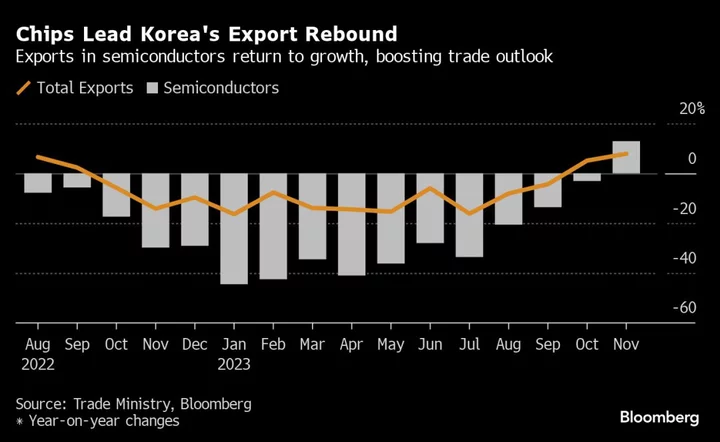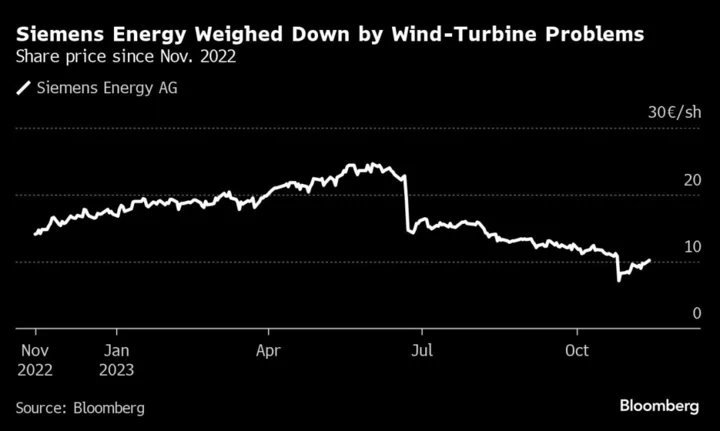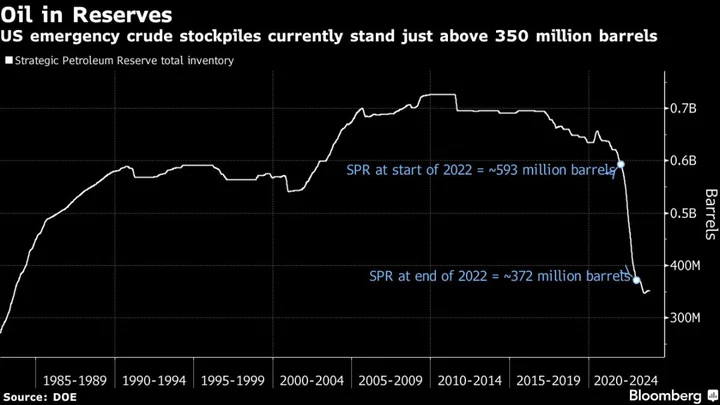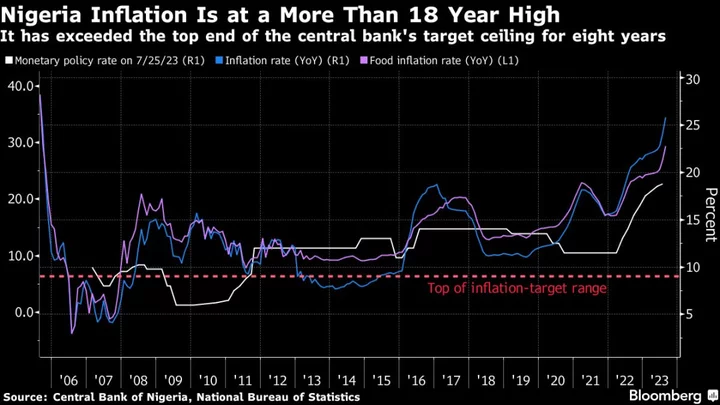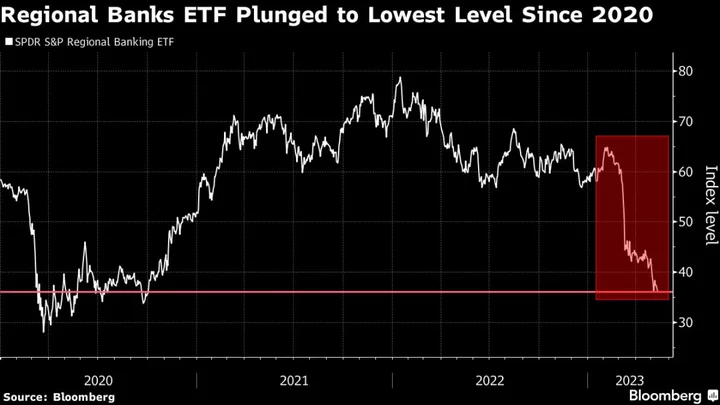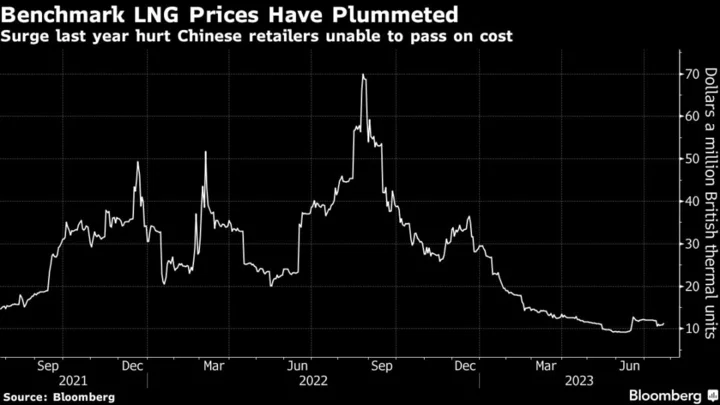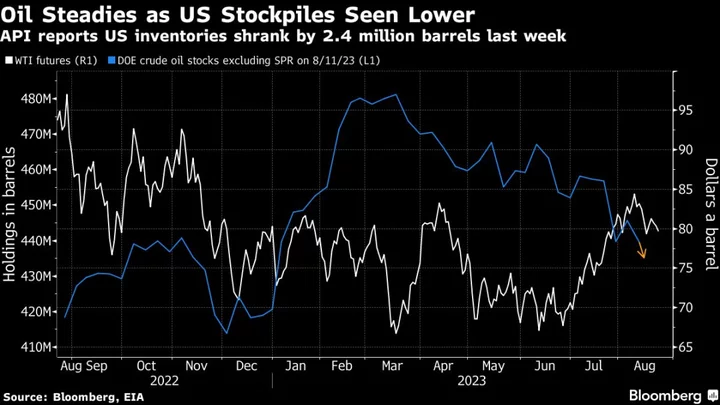The recovery in South Korea’s exports accelerated in November on the back of a rebound in semiconductor demand, boosting optimism for the country’s economic outlook and global trade next year.
Exports rose 7.8% from a year earlier, compared with economists’ forecasts for a 5% rise. Overall imports dropped 11.6%, resulting in a trade surplus of $3.8 billion, according to data released Friday by the trade ministry. Semiconductor shipments rose 12.9% in the first growth in 16 months.
South Korea’s trade numbers serve as a key leading indicator for global trade activity as the nation ships a variety of products including machines, displays and refined oil that are embedded across worldwide supply chains. The country’s economic outlook for 2024 also hinges on the strength of exports growth. The Bank of Korea trimmed its outlook for 2024 growth to 2.1% on Thursday.
Challenges overhanging the outlook for Korea’s exports include global central banks continuing their fight against inflation with restrictive monetary policies and slackening demand in China, the world’s second-biggest economy. The Organisation for Economic Co-operation and Development said Wednesday it expects China’s economic growth to slow to 4.7% next year and 4.2% in 2025.
Another risk factor is the Israel-Hamas conflict, which threatens to fuel oil prices and inflation that would dent consumer sentiment.
“Stronger-than-expected global growth and easing geopolitical tensions would improve the economic outlook for the export-dependent Korean economy,” the OECD said in its latest outlook.
The OECD sees the Korean economy expanding 2.3% next year, faster than the pace predicted by the BOK. The BOK has held its key interest rate steady for almost a year as it seeks to tame inflation while also preserving economic momentum.
Korea’s exports are getting a boost from a rebound in some chip prices while growth in demand for other products is led by autos, machinery and wireless communications products. Worldwide smartphone shipments are likely to grow 3.8% next year after contracting 3.5% this year, according to a release by the International Data Corporation.
Still, there’s reason for caution. Economists see slower global economic growth next year, undermining demand for export products from countries like South Korea. The US in particular may see consumption slow as the benefits from fiscal investment programs dissipate, according to a forecast by the Bank of America.
The Federal Reserve’s latest Beige Book indicated a slump in discretionary spending may already be underway.
“A further slowdown in global demand is likely to keep a lid on exports over the coming quarters,” economists at BMI, a unit of Fitch Solutions, said. “Beyond that however, we think monetary loosening will pave the way for a pick-up in global trade, and South Korea’s export-oriented economy will benefit as a whole.”
Exports to China edged down 0.2% from the previous year, continuing their improving trend. Shipments to the US have also grown for a fourth month, according to trade ministry data.
(Adds chart, details throughout)

